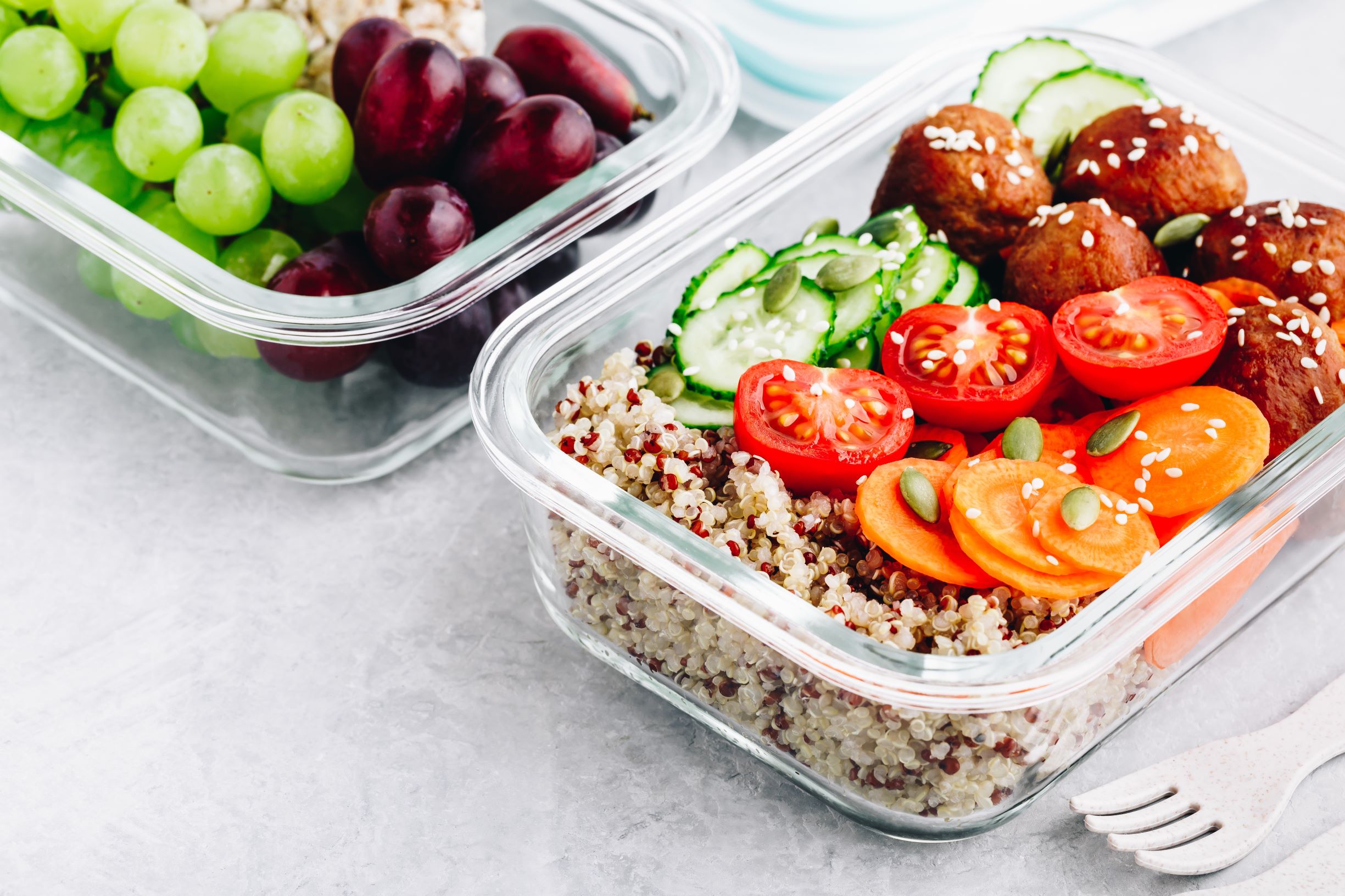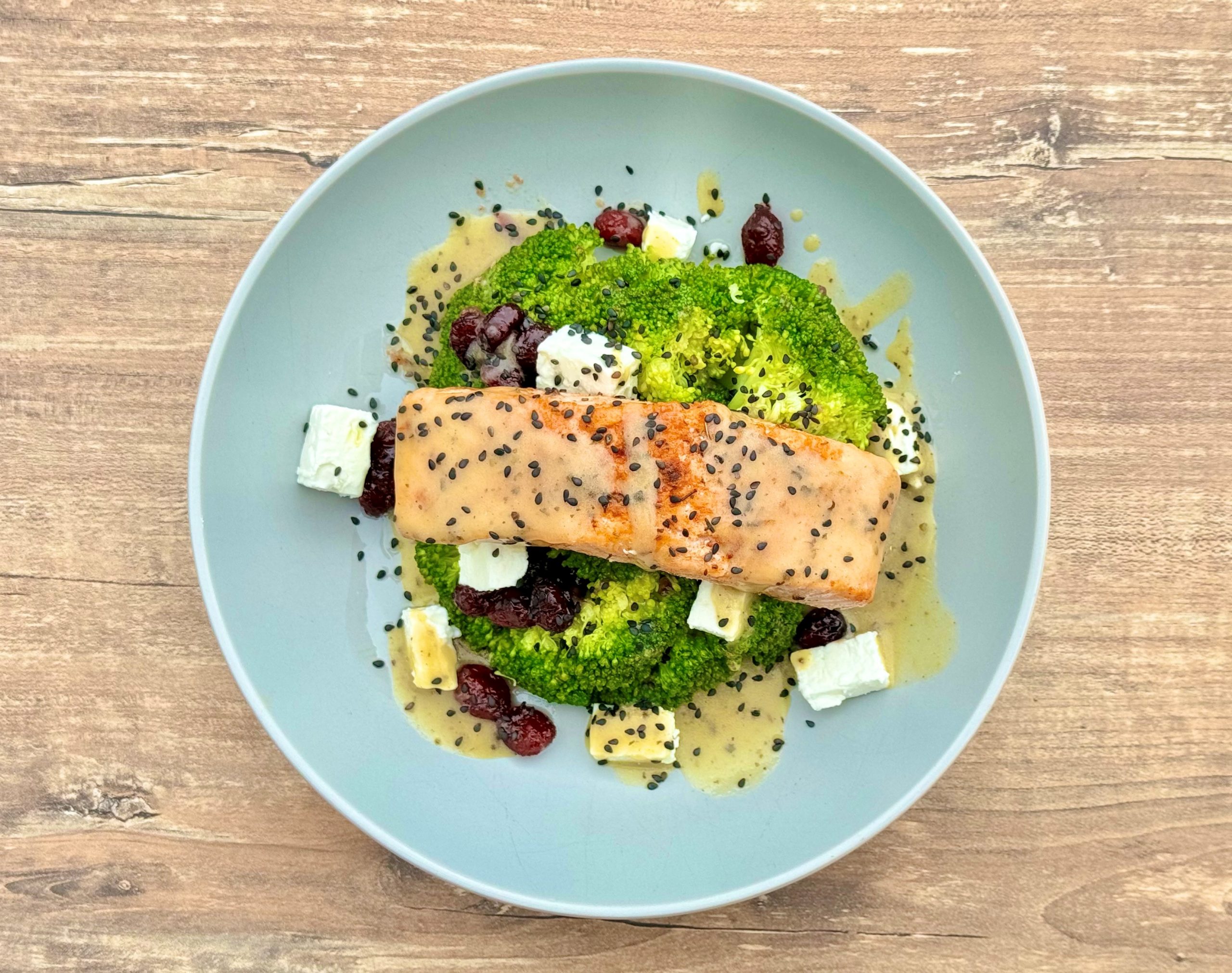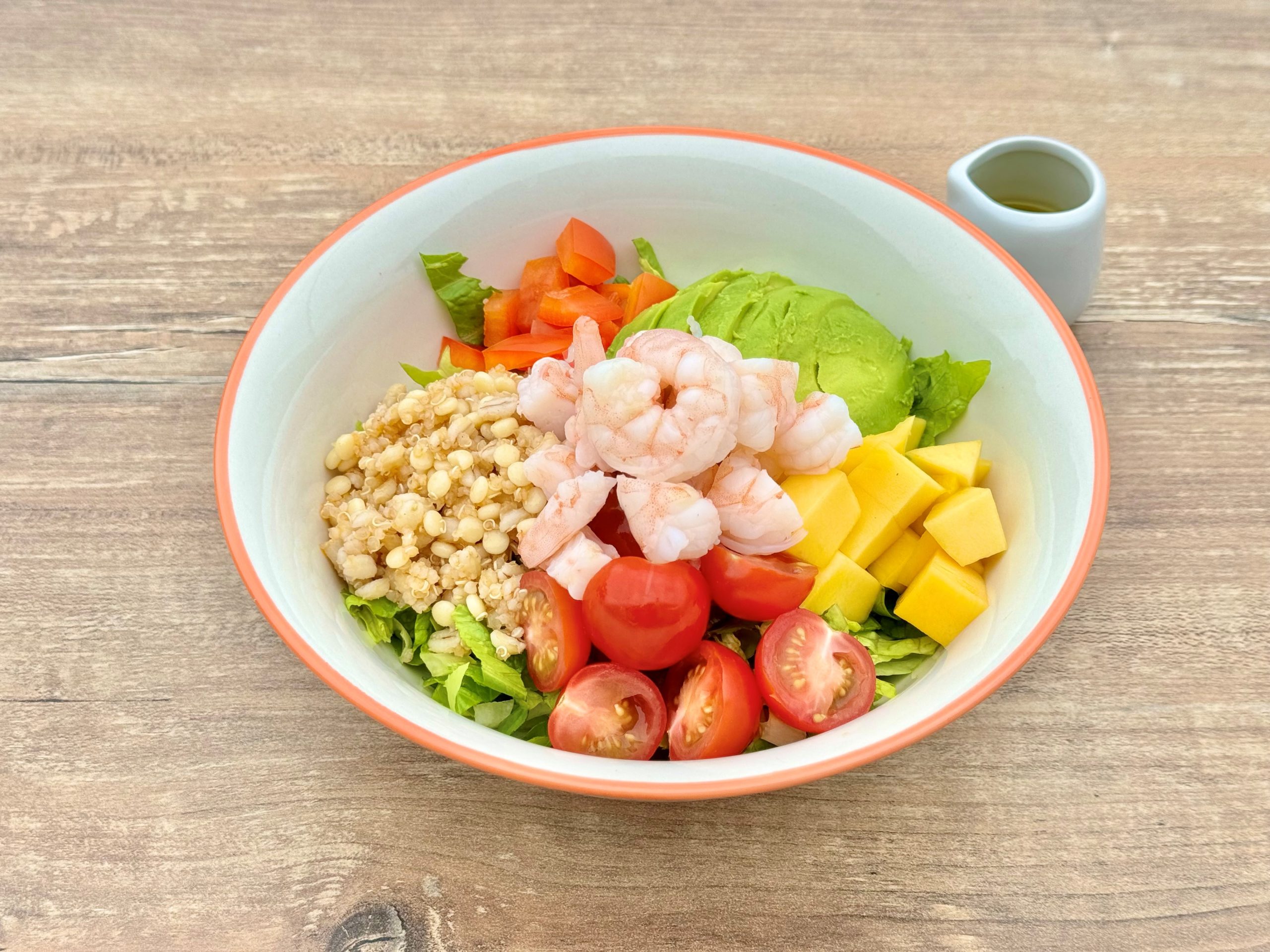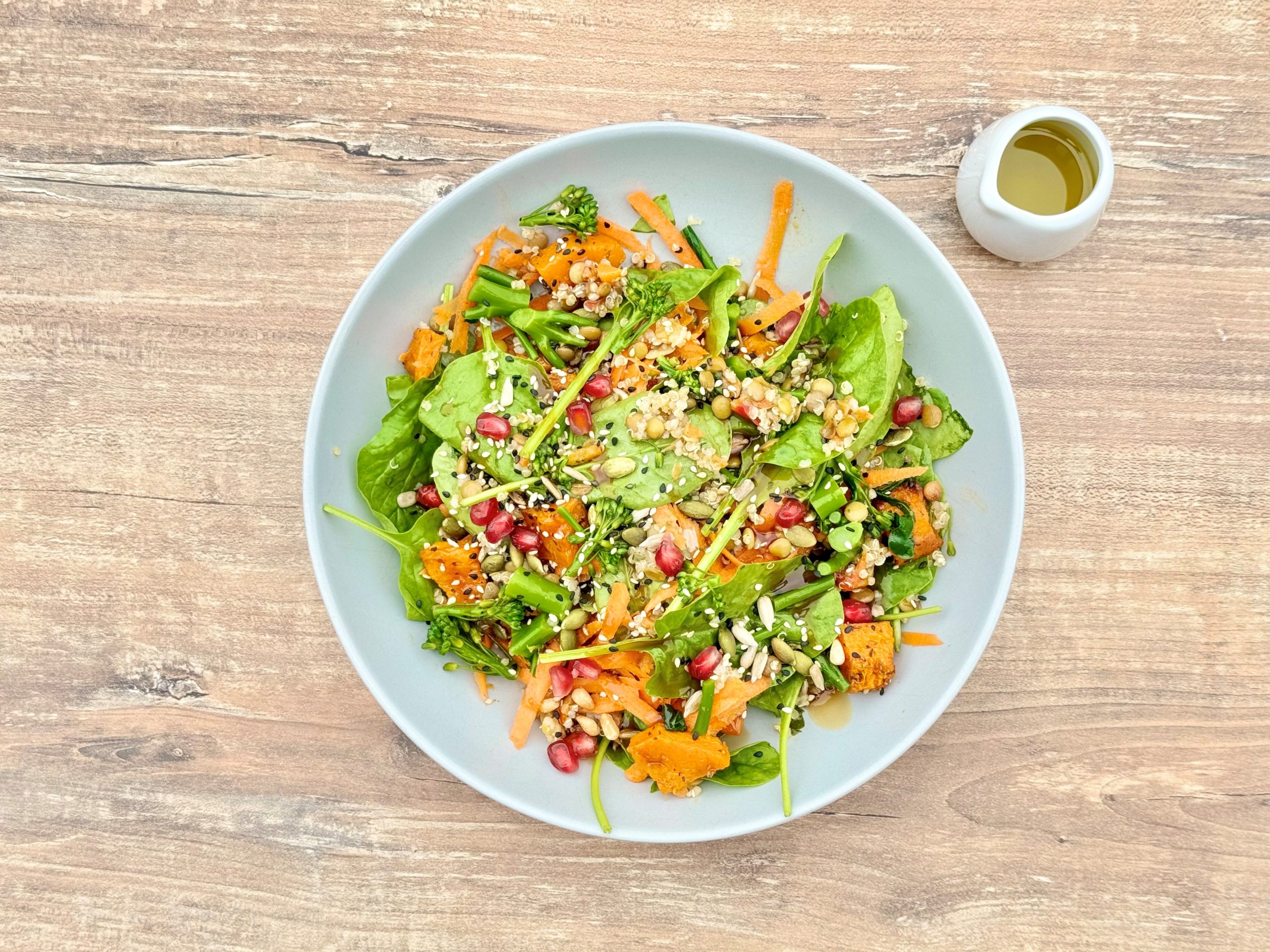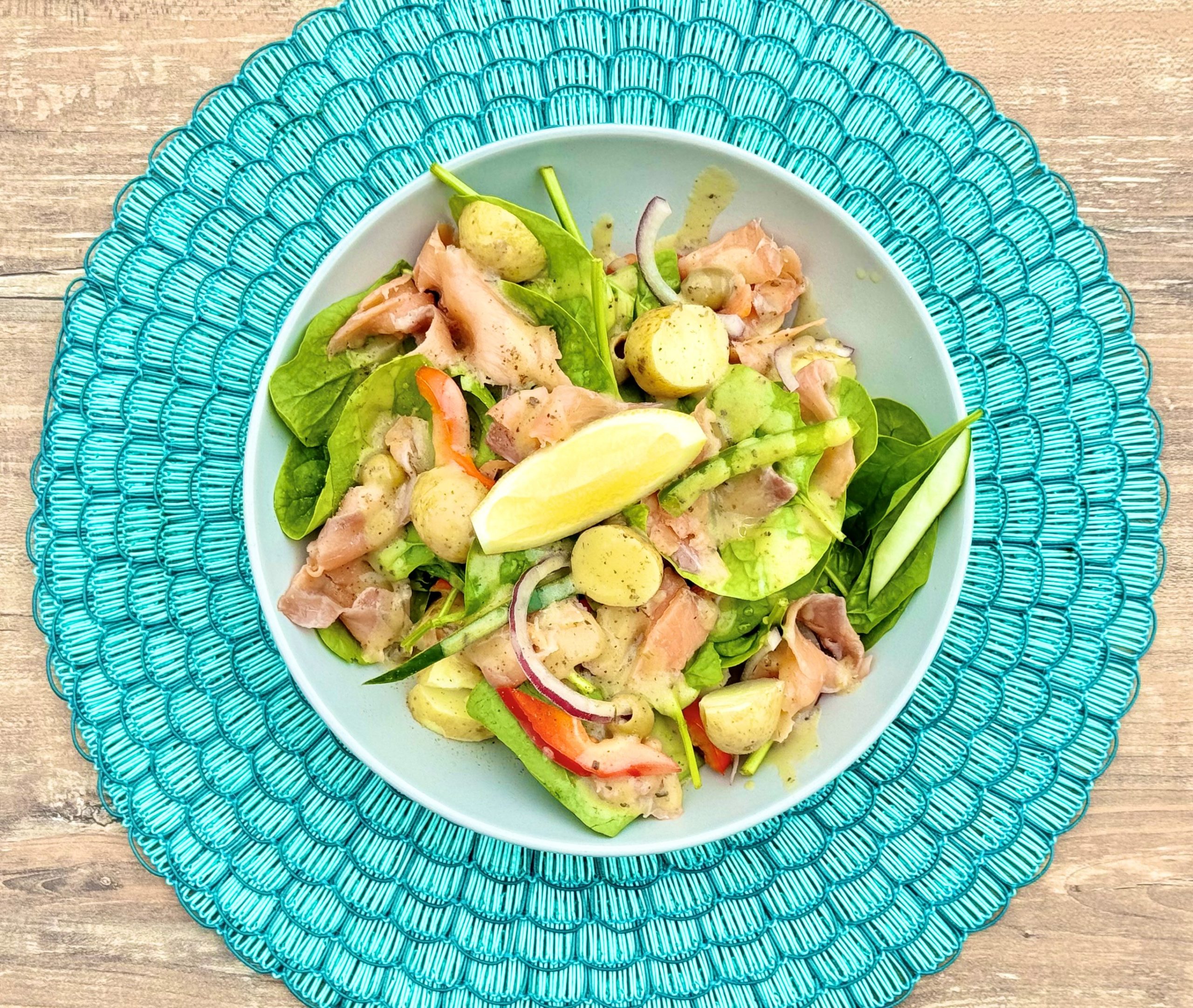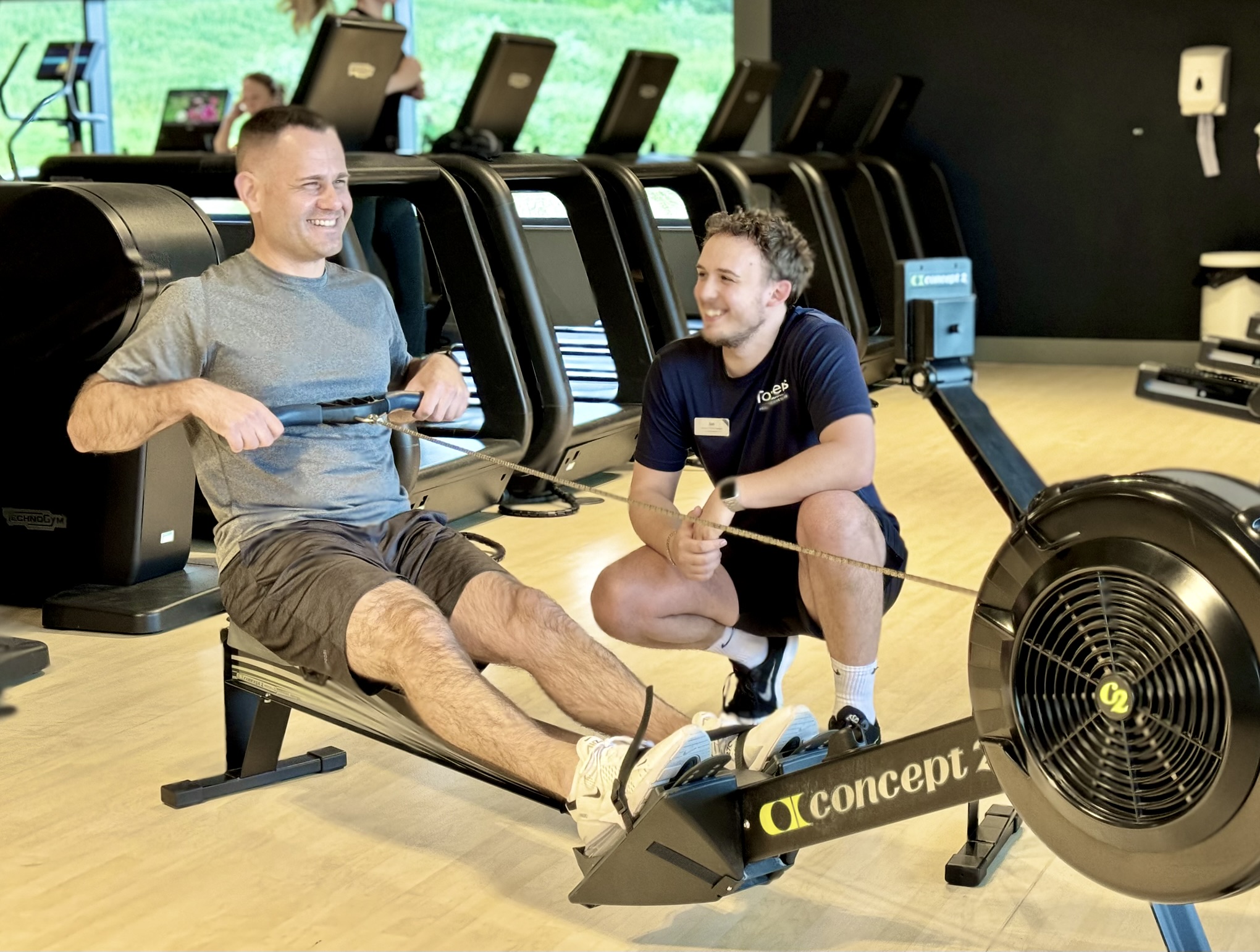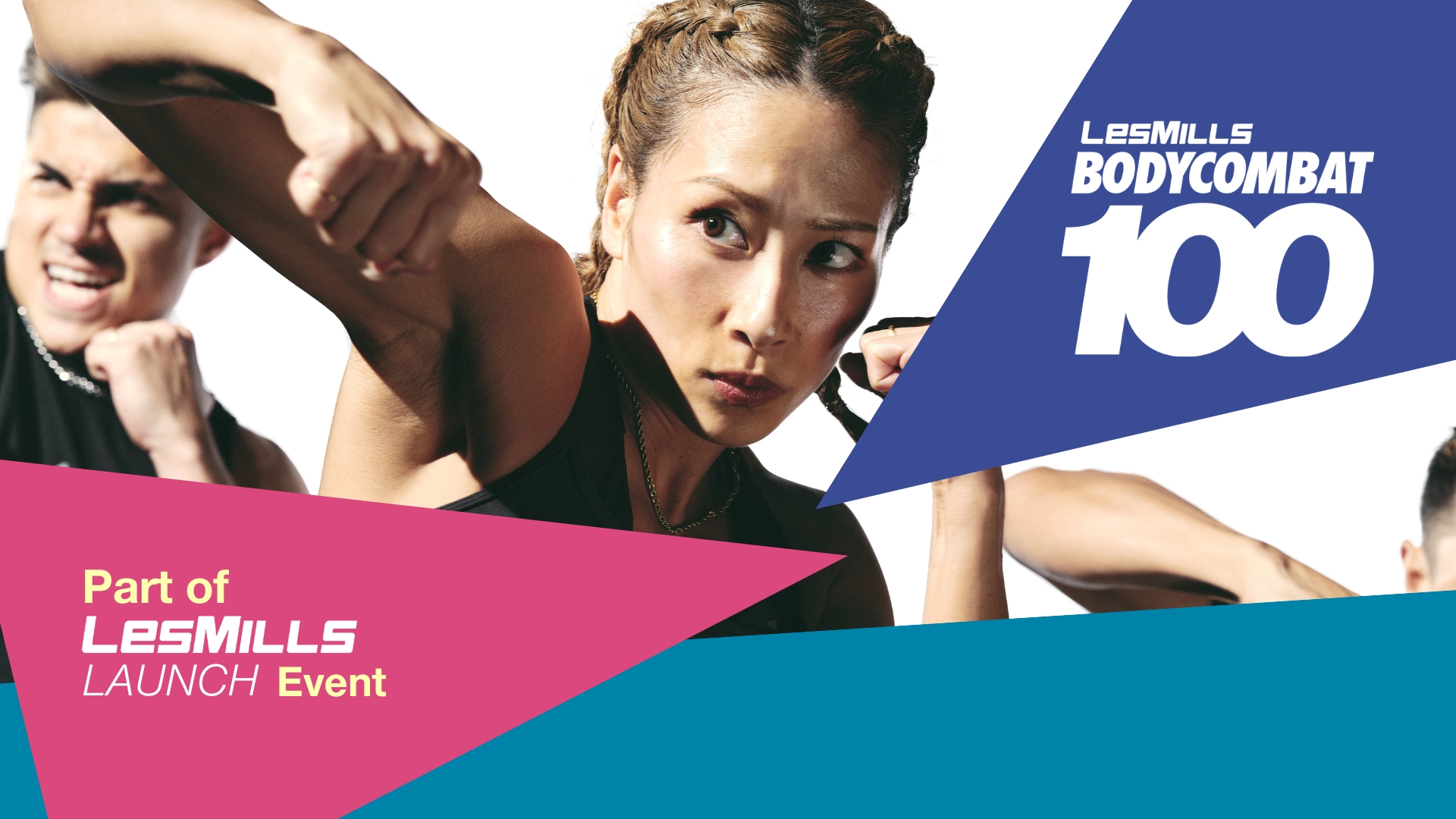Forget Calorie Counting:
Try this calorie control guide for men and women
Math? To plan dinner? Isn’t there a better way? Yes there is. Just take a look at your hand. Use your fist, palm, cupped hand, and thumb to practice calorie control – while avoiding the hassle of counting calories.
If you’ve heard it once, you’ve heard it a thousand times: The best — maybe even the only — way to lose weight is to count calories.
After all, it’s a pretty simple equation: Calories in vs. calories out. Eat more calories than you burn, and you gain weight. Eat fewer calories than you burn and you lose weight.
Except counting calories isn’t that simple.
The problems with calorie counting
First of all — on the “calories in” side — you do need to figure out how many calories are in the foods you want to eat. And that takes handbooks, websites, databases and math. Just to plan your lunch. Groan.
Next, you have to assume that the handbooks, websites, and databases’ calorie estimates are correct. They’re often not. In fact, research has shown they can be off by about 25% because of incorrect labeling, laboratory measurement error, and food quality.
Then, of course, there’s the “calories out” side. Estimating your calorie expenditure each day comes with another 25% measurement error because of the equipment you’re using, laboratory measurement errors, and individual differences.
A possible 25% error on the “calories in” side, and another 25% error on the “calories out” side.
Is it even worth:
- pulling out measuring cups to a chorus of boos from family members;
- dusting off the food scale while trying to ignore the taunts of friends;
- wheeling in the abacus from the den to keep up the calorie tally;
- subscribing to apps and web services to track these less-than-accurate numbers?
Sure, we should have an idea of how much food we’re eating each day, so we can adjust based on our goals.
But counting calories itself is a drag! No wonder so many people give up and go back to eating the way they were before.
The calorie counting antidote
Here’s the good news: counting calories is rarely necessary.
At Precision Nutrition, we gauge food portions differently. No carrying around weigh-scales and measuring cups. No calculators or smart phones.
All you need is the ability to count to two. And your own hand.
Here how it works:
- Your palm determines your protein portions.
- Your fist determines your veggie portions.
- Your cupped hand determines your carb portions.
- Your thumb determines your fat portions.
To determine your protein intake
For protein-dense foods like meat, fish, eggs, dairy, or beans, use a palm sized serving.
For men we recommend two palm-sized portions with each meal.
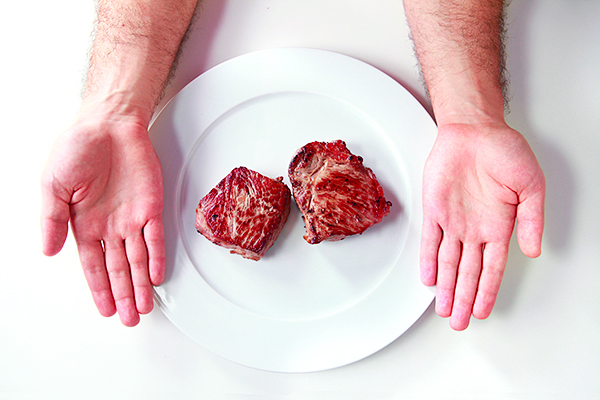
And for women we recommend one palm-sized portion with each meal.
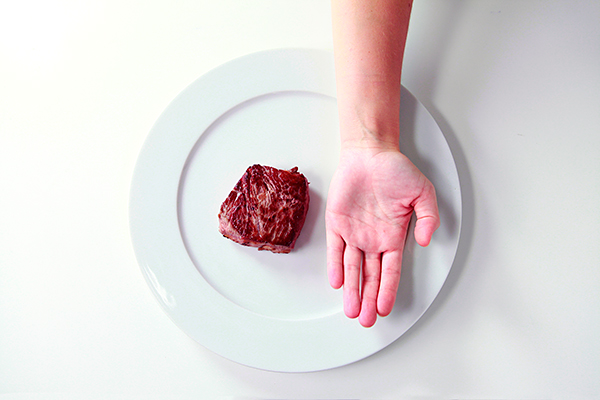
Note: a palm-sized portion is the same thickness and diameter as your palm.
To determine your vegetable intake
For veggies like broccoli, spinach, salad, carrots, etc. use a fist-sized serving.
For men we recommend 2 fist-sized portions of vegetables with each meal.
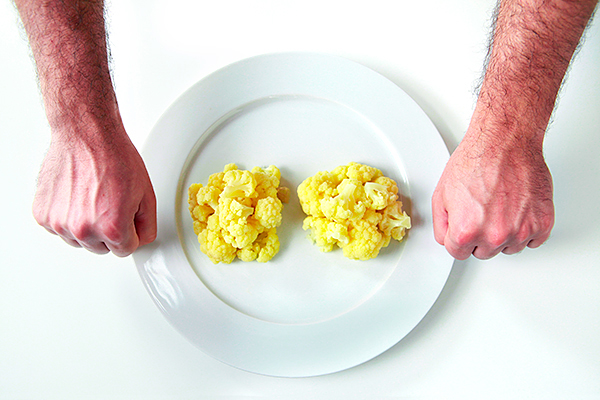
And for women we recommend 1 fist-sized portion of vegetables with each meal.
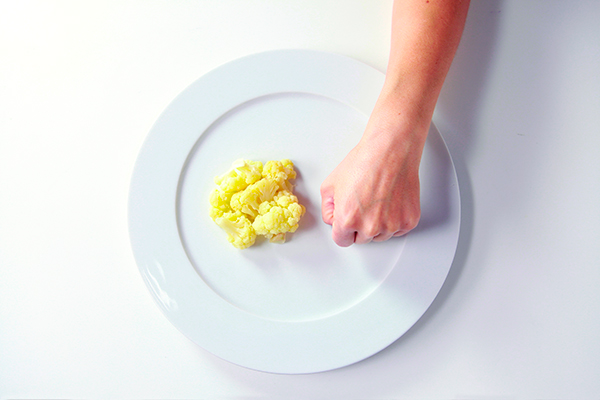
Again, a fist-sized portion is the same thickness and diameter as your fist.
To determine your carbohydrate intake
For carbohydrate-dense foods – like grains, starches, or fruits – use a cupped hand to determine your serving size.
For men we recommend 2 cupped-hand sized portions of carbohydrates with most meals.
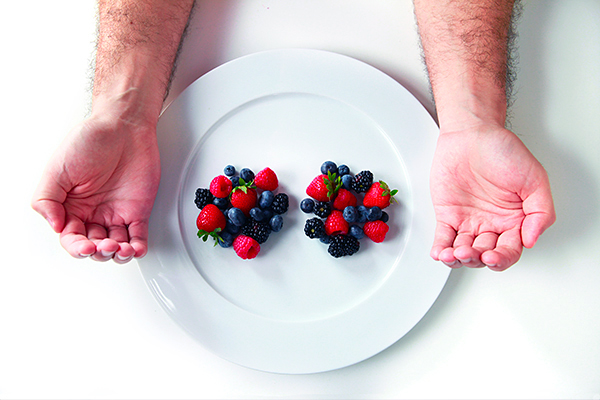
And for women we recommend 1 cupped-hand sized portion of carbohydrates with most meals.
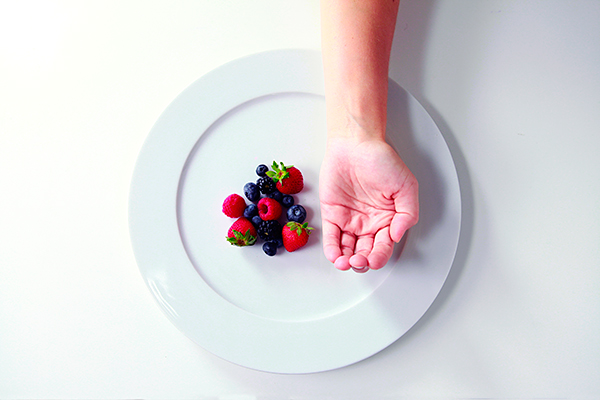
To determine your fat intake
For fat-dense foods – like oils, butters, nut butters, nuts/seeds – use your entire thumb to determine your serving size.
For men we recommend 2 thumb-sized portions of fats with most meals.
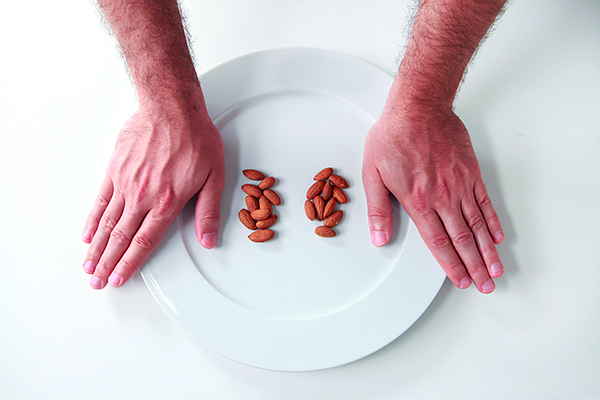
And for women we recommend 1 thumb-sized portion of fats with most meals.
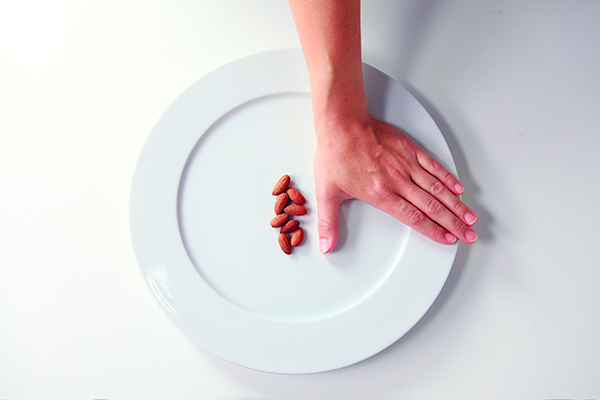
A note on body size
Of course, if you’re a bigger person, you probably have a bigger hand. And if you’re a smaller person… well, you get the idea. Your own hand is a personalized (and portable) measuring device for your food intake.
True, some people do have larger or smaller hands for their body size. Still, our hand size correlates pretty closely with general body size, including muscle, bone – the whole package.
Planning your meals flexibly
Based on the guidelines above, which assume you’ll be eating about 4 times a day, you now have a simple and flexible guide for meal planning.
For men:
- 2 palms of protein dense foods with each meal;
- 2 fists of vegetables with each meal;
- 2 cupped hands of carb dense foods with most meals;
- 2 entire thumbs of fat dense foods with most meals.
For women:
- 1 palm of protein dense foods with each meal;
- 1 fist of vegetables with each meal;
- 1 cupped hand of carb dense foods with most meals;
- 1 entire thumb of fat dense foods with most meals.
Of course, just like any other form of nutrition planning — including calorie counting – this serves as a starting point.
You can’t know exactly how your body will respond in advance. So stay flexible and adjust your portions based on your hunger, fullness, and other important goals.
For example: if you’re trying to gain weight, and you’re having trouble gaining, you might add another cupped palm of carbohydrates or another thumb of fats. Likewise, if you’re trying to lose weight but seem to have stalled out, you might eliminate a cupped palm of carbohydrates or a thumb of fats at particular meals.
Remember: This is a starting point. Adjust your portions at any time using outcome-based decision making, aka “How’s that working for you?”
Want to see the visual guide? Check out the blog on The Best Calorie Control Guide.
(This article was written and provided by Precision Nutrition – the world’s leading nutrition coaching educator and software provider. Author: Ryan Andrews, MS, RD – a Principle Nutritionist and Adviser for Precision Nutrition and Brian St. Pierre, MS, RD, CSCS – Director of Nutrition at Precision Nutrition)
BACK TO INFO HUBWould you like some help to become the healthiest version of you?
Most people know that regular movement, eating well, sleep and stress management are important, yet many need help applying this knowledge in the context of busy and sometimes stressful lives.
That’s why we now offer nutrition based services at Club Towers, available to members and non-members. Using the proven curriculum & resources of Precision Nutrition (PN) and delivered by our in-house PN Level-2 Certified Coach, our goal is to help our members and the wider community to achieve sustainable vitality through healthy nutrition and lifestyle habits…….whatever challenges you may be dealing with.
This is offered in three ways, a habit-based nutrition & lifestyle coaching programme, 1-1 consultation sessions and Information Hub.
To find out more about how we can help you, book a 20-minute consultation (free for all members) with our Coach, Ann Towers at [email protected].
